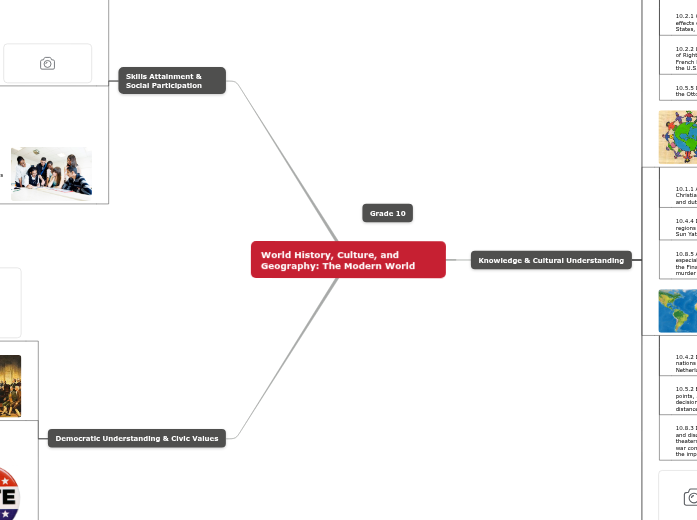Pompeii and Herculanium
Renissance
While the Enlightenment is similar to the Renissance in that they are revivals of classical thought and art. However, Renissance art never blatently challenged the government or supported revoltion in general. The great Renissance thinkers also never challenged the idea of faith as much as those during the 18th century. These are characteristics that are unique to the Enlightenment.
Romanticisim
Rousseau
Naturalisim
Equality
Voltaire
Voltaire supported empericisim and reasoning above all else. He was passionately against the idea of the "divine right to rule" idea and believed that positions of power should be earned by experience and merit instead of birthright. He moved within the elite circles and was fond of the aristocracy and their chance to excel. He was not as big of a believer in universal equality as was his contemporary, Rousseau.
Jacques-Louis David
The Scientific Revolution
The Scientific Revolution is a compilation of radical ideas in terms of math, science, physics, and medicane. Brillant minds such as Galileo, Capurnicus, Kepler, and Newton helped put into motion events that would change the world forever. Once their ideas were formulated and, eventually, proven true, people began to build on them and the information that we learned using their ideas would help to spurn the Indutrial Revolution.
Doctrine of Progress
The Industrial Revolution
The Steam Engine
Humanitarianisim
Humanitarianisim, in this case, refers to the desire to fix the problems that faced society at the time. For example, after the Industrial Revolution people had the power and a better understanding of the resources they had and stood to gain by conservation. This would eventually continue into more enviormental issues, curing disease, etc.
Neocolonialisim
French and American Revolutions
The Enlightenment
Exhaltation of the Individual
Emperical Proof/Reason
While Voltaire seems to have been the champion of reason and logic, he garnered these ideas from other great men such as Isaac Newton and Diderot. Newton would share his emperical ideas with Voltaire who would bring them back to France (along with the ideas of John Locke) and use them as the backbone of his philsophical theories. Diderot wrote the Encyclopedie which was a compilation of the most important works, ideas, and writers of the time. This book would bring the Enlightenment to the masses.
Neoclassicism
Oath of the Horatii
This is one of the most famous paintings done by Jacques-Louis David. It is his representation of the story of the three sons of Horace who fight the three sons of Curatti. There battle was to be fought instead of a war between Rome and Alba, a neighboring city-state. This painting was commissioned by Louis XVI and would eventually be a symbol of the revolution that would take his life a mere 4 years later.









